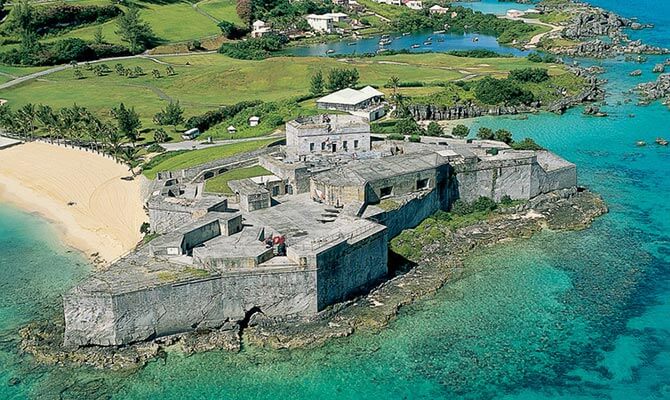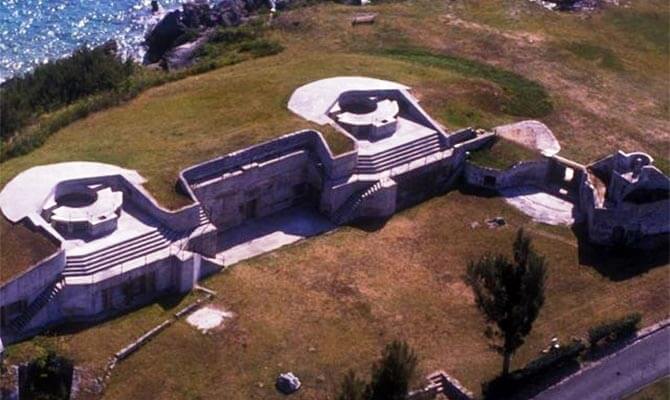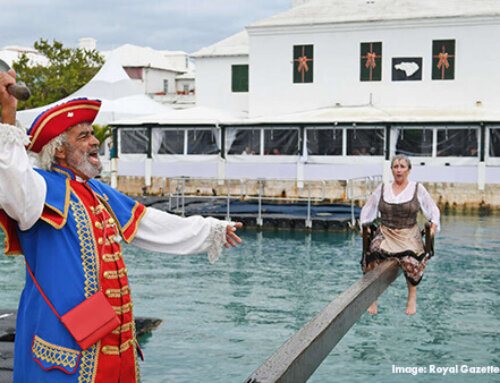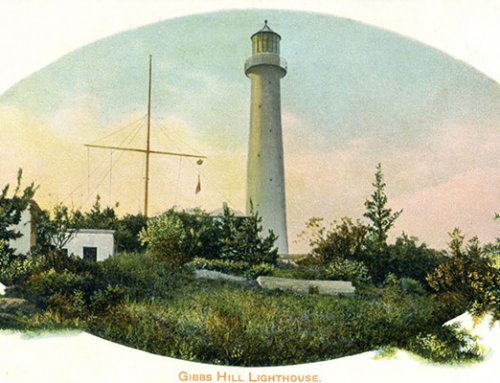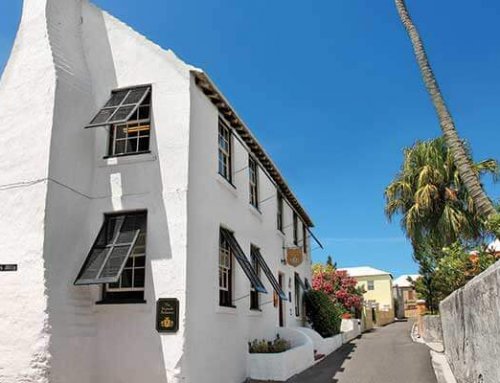Due to the fact that Bermuda Forts are easy to find and in picturesque areas, you don’t have to be a history buff to enjoy them. Most have been restored, some are in parks, but all have gorgeous views. Today all of Bermuda Fort’s are Historical Sites.
From 1808 to the 20th century, Bermuda was the principal Royal Navy command station for North America’s Great Lakes, Caribbean and South Atlantic to St. Helena and the Falkland Islands. This is not well known. In fact, right up until the early 1900’s – again from the British start of World War 2 in September 1939 until 1945 and then in the Cold War – it had a supremely important strategic position. Bermuda was important to the British Government for centuries and, much later, to its allies as well in World Wars 1 and 2. The most feared enemies were first Spain, then France, then the United States of America (1781 to late 19th century), then France again and Germany during World Wars 1 & 2. Fortifying Bermuda against enemies was a deliberate British policy from the earliest days.
Bermuda Forts were built in stone, when in the rest of British North America at the time as well as Spanish territories and French possessions, forts were wooden. Britain had built them hundreds of years before Bermuda and the rest of North America were explored, and only in Britain itself were they also built of stone. Lack of scrap industries in Bermuda and being far away from world and regional wars meant that while fortifications, carriages, guns and other materials got melted down elsewhere for re-cycled use during various wars, those in Bermuda stayed and became artifacts of exceptional military interest. Good examples are the rifle muzzle loaded guns still on their original carriages and platforms at various local forts. There are 24 left from more than 80 once here and were built over three and a quarter centuries ago. The process continued throughout most of the 19th century, until the huge Royal Naval Dockyard and its protective ring of British Army manned coastal forts, were completed. During this period, when the USA and Great Britain were not the firm allies they are now, many areas of Bermuda were denuded of foliage and developed into military fortifications.
Bermuda hosted an impressive array of talented British artists, sent by the British Army or Royal Navy for compilation of detailed military records. Other military personnel refined their talents in leisure times. They painted landscapes and seascapes showing how Bermuda developed as a naval base and land fortress bristling with heavy guns that could heave first cannonballs then shells miles out to sea. . Military artists sent to paint these changes included Thomas Driver, E.G. Hallewell and Gaspar Le Merchant Tupper. Some of their works are in art galleries though out Bermuda. Others are in historical records in Bermuda and overseas.
Check out our Attractions page for a detailed description of some of Bermuda’s Stunning Forts.

